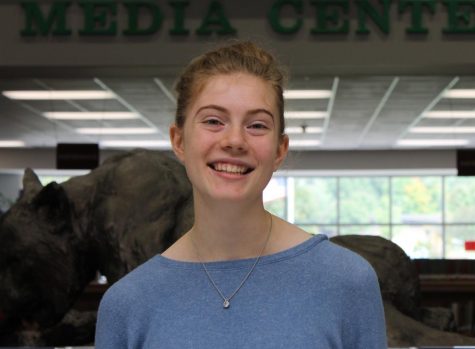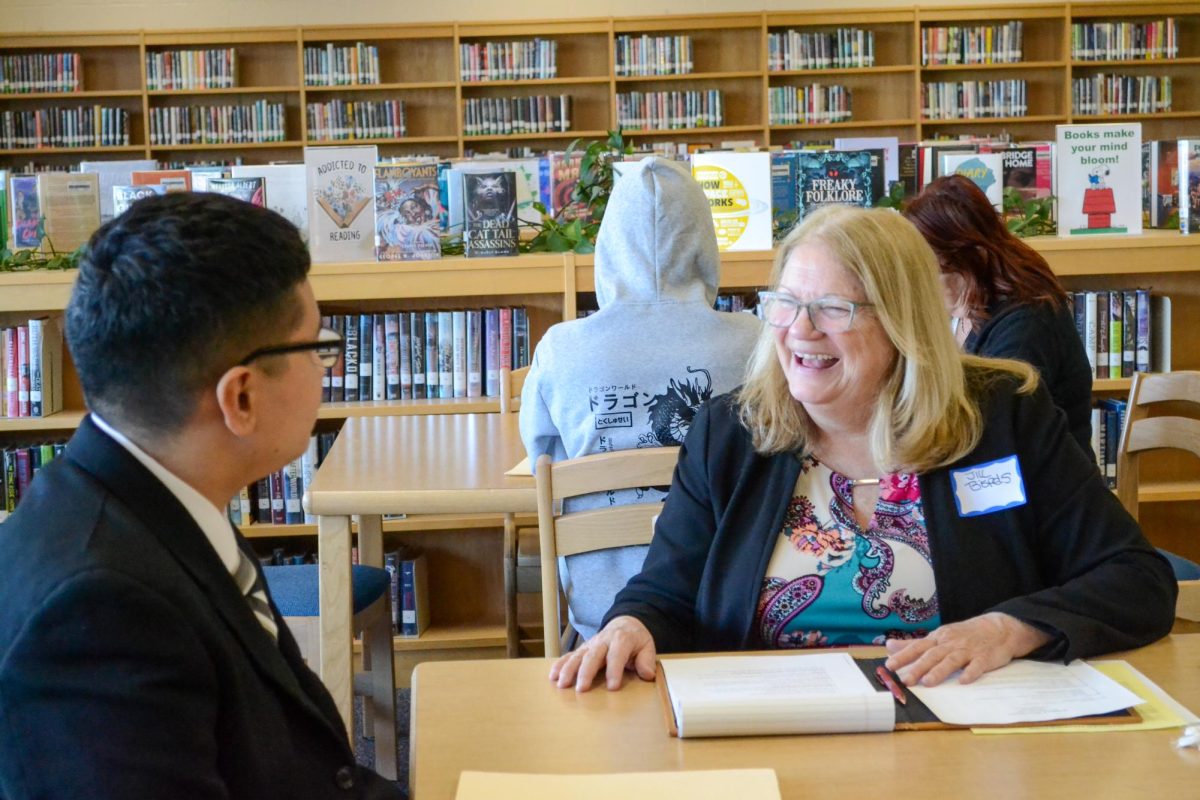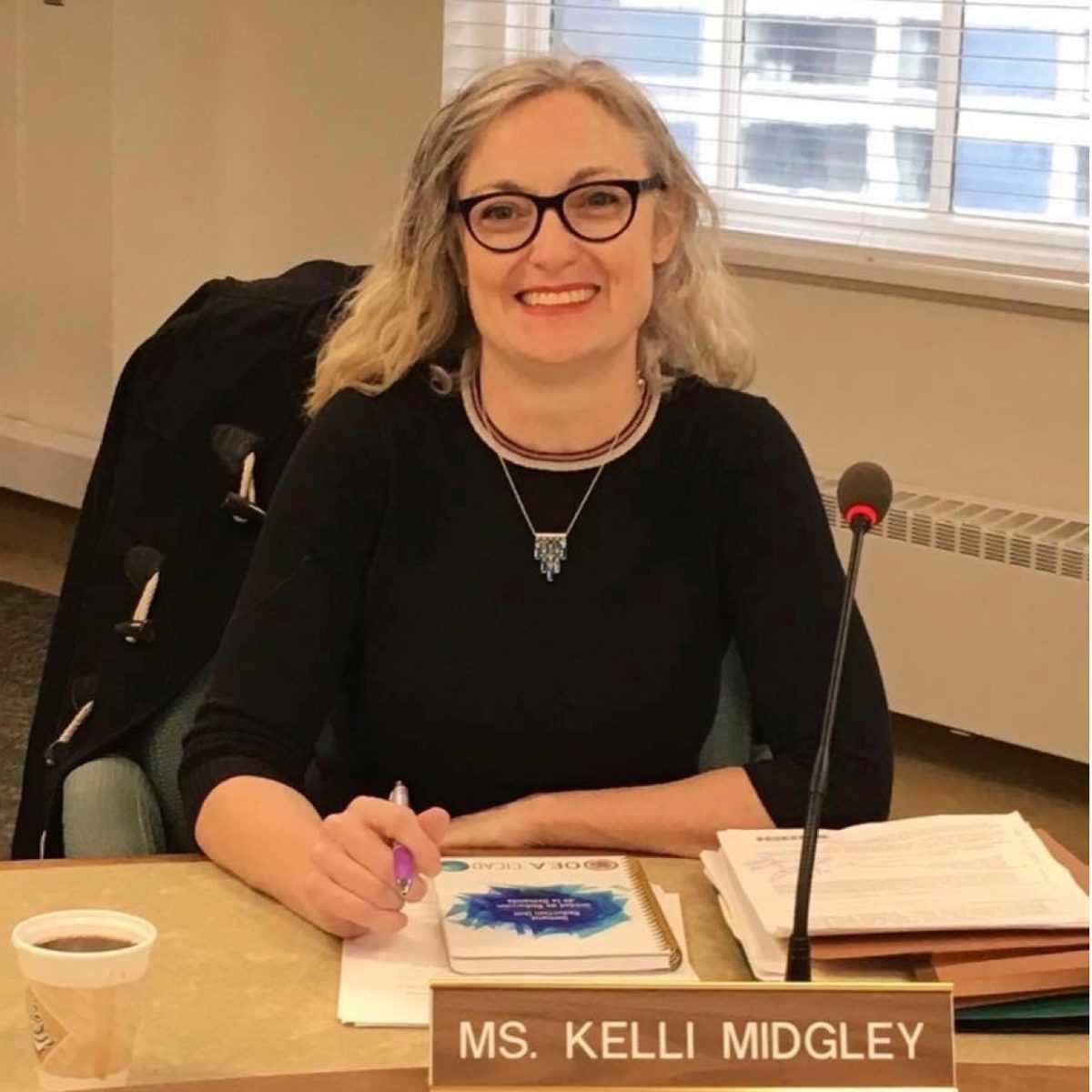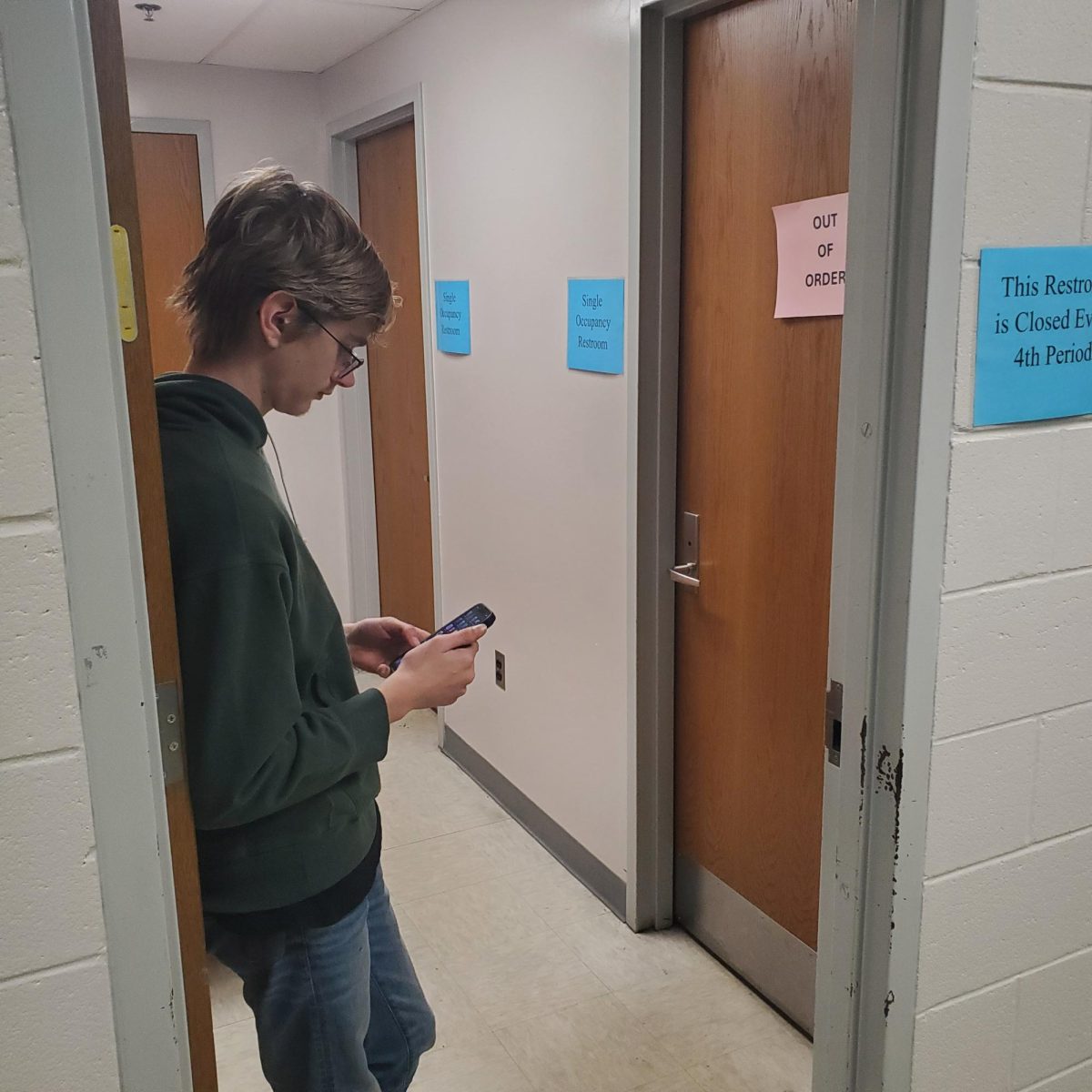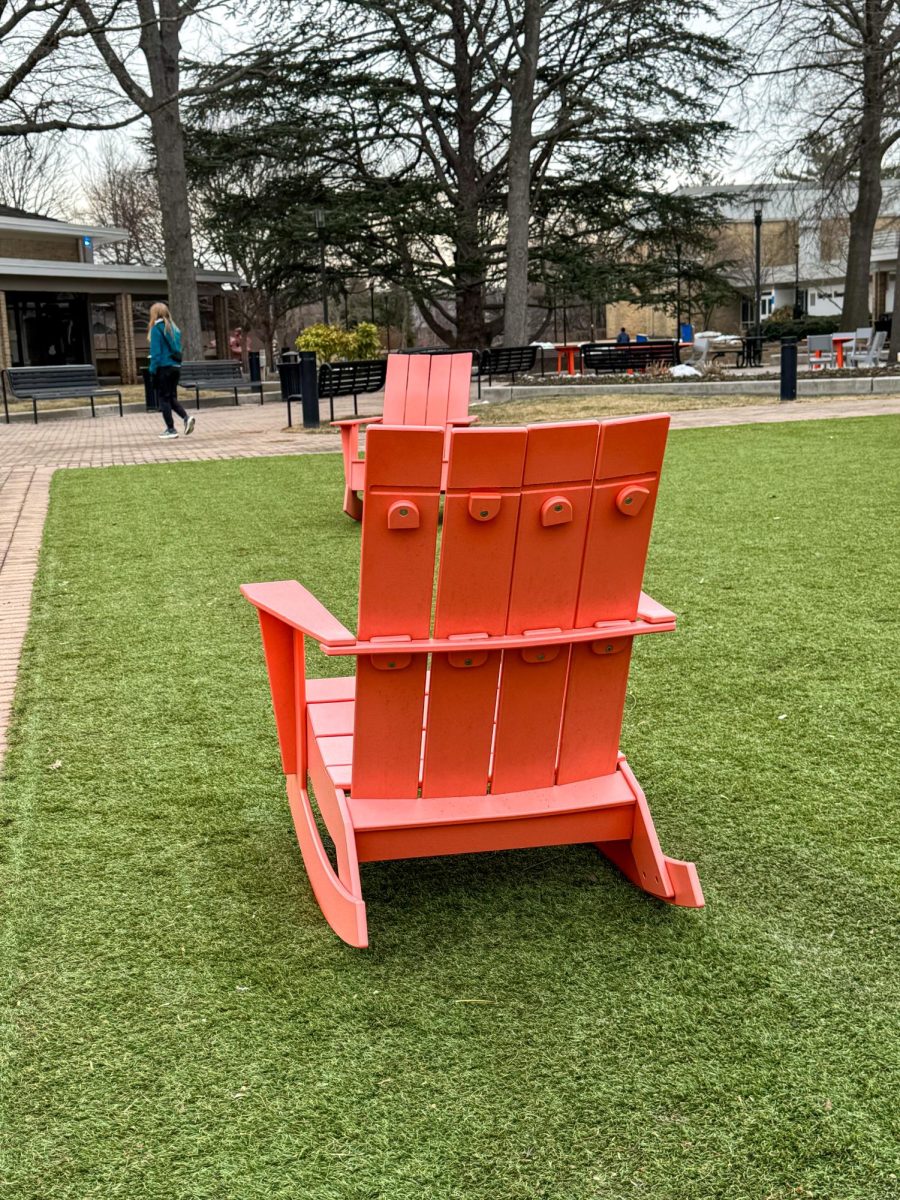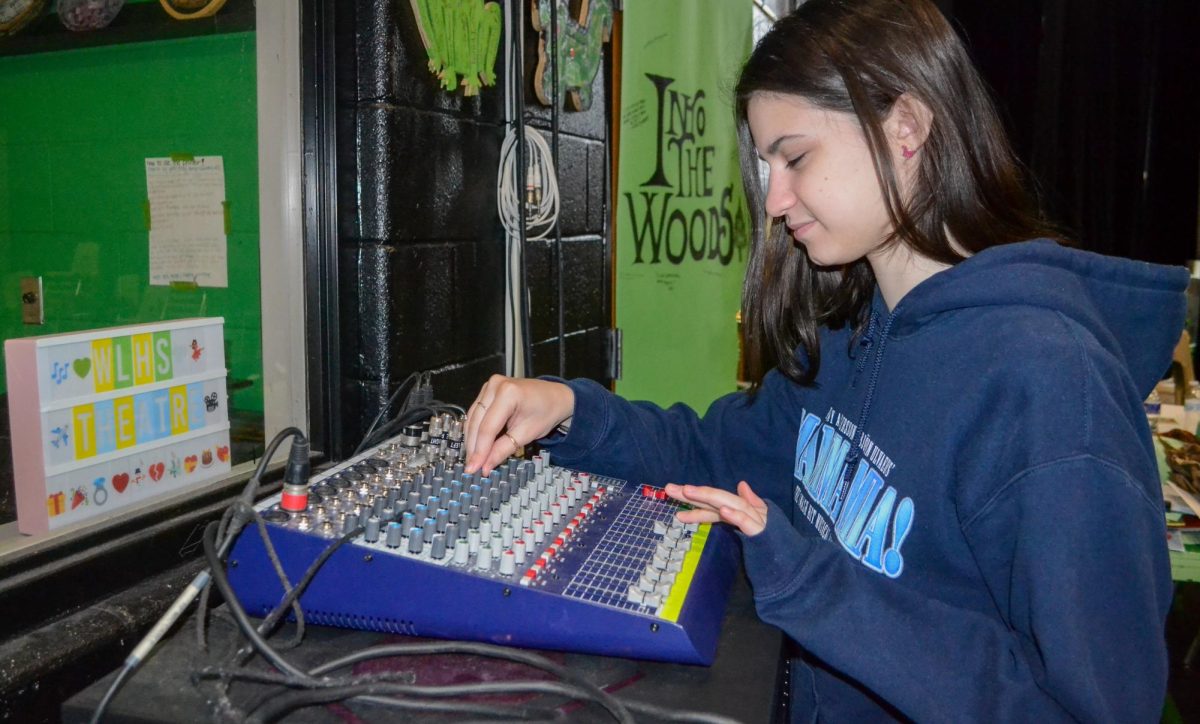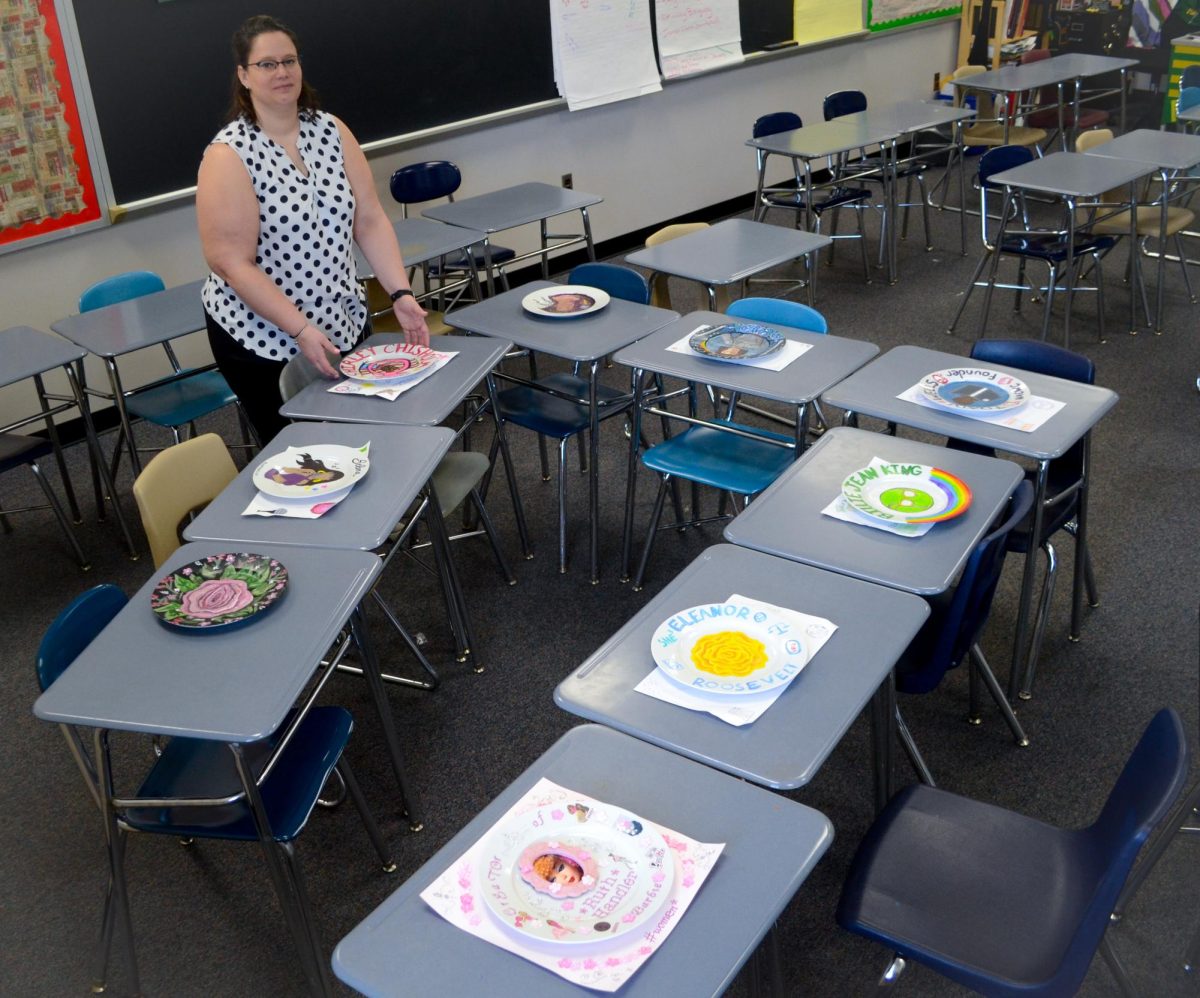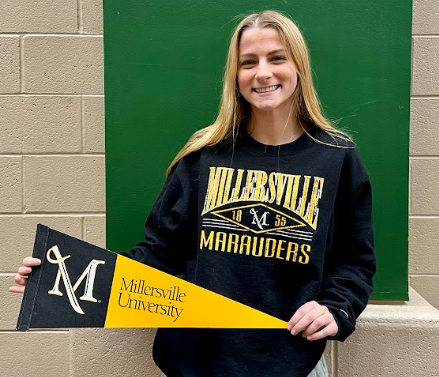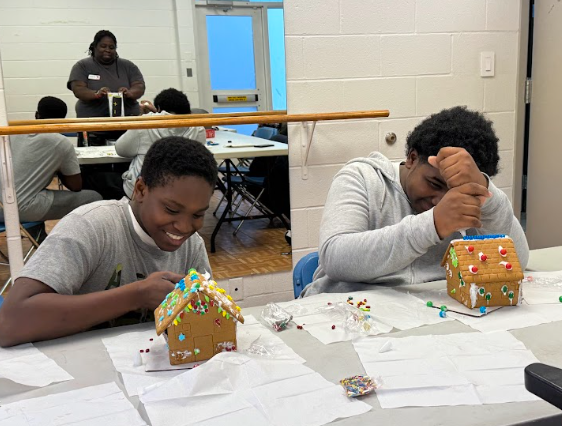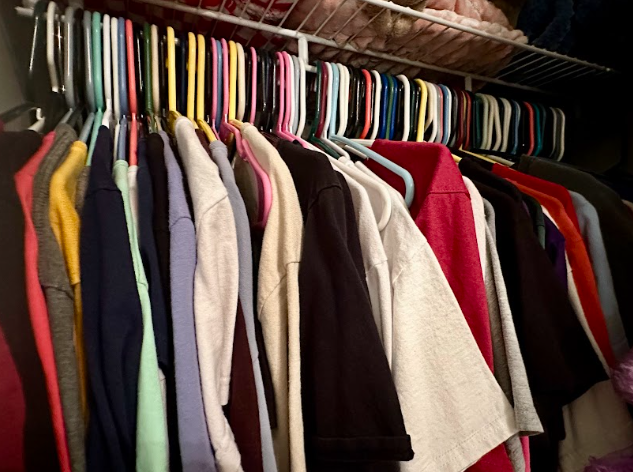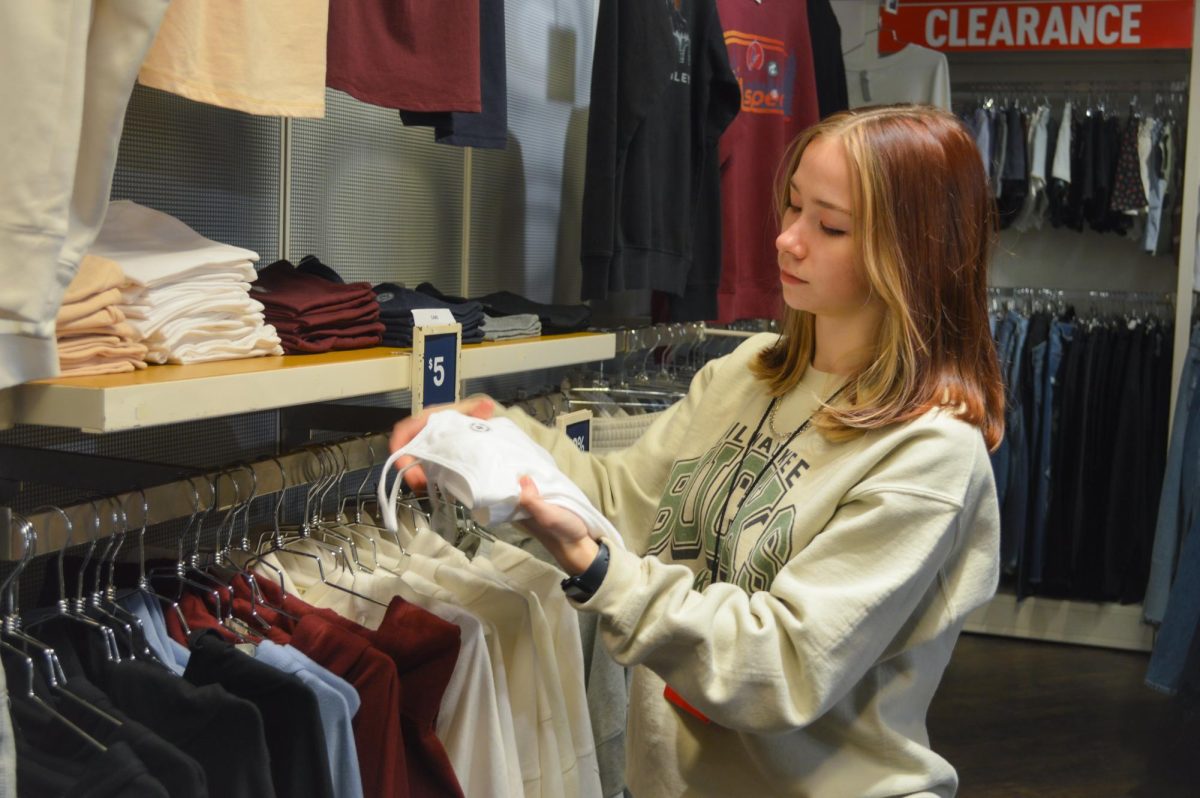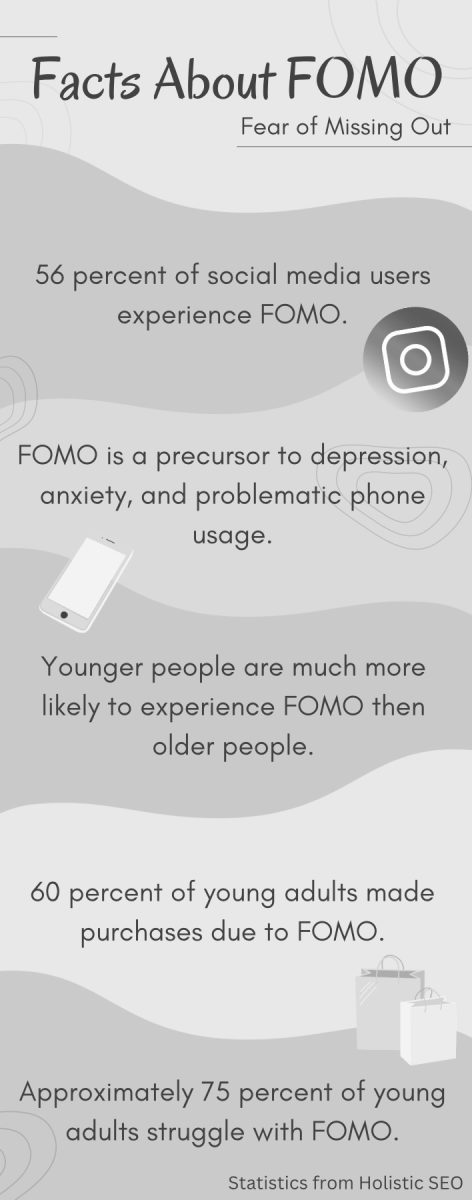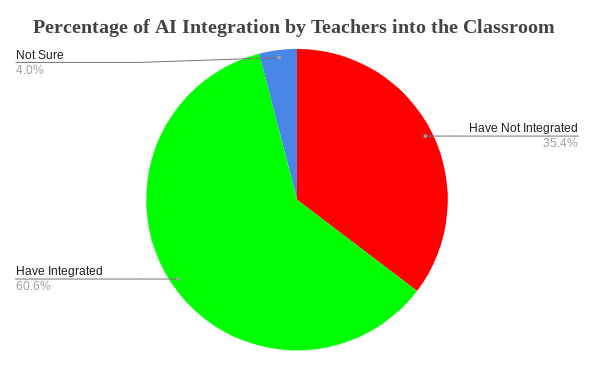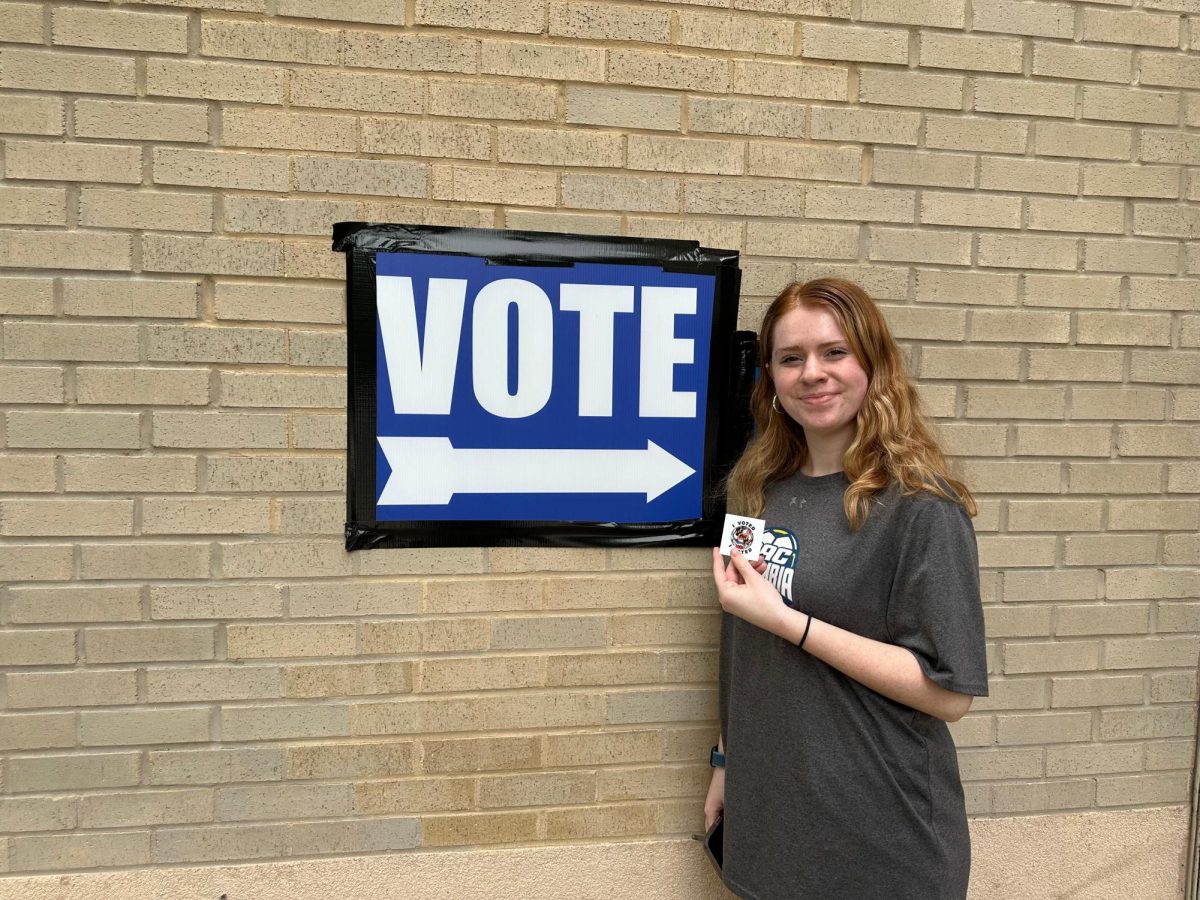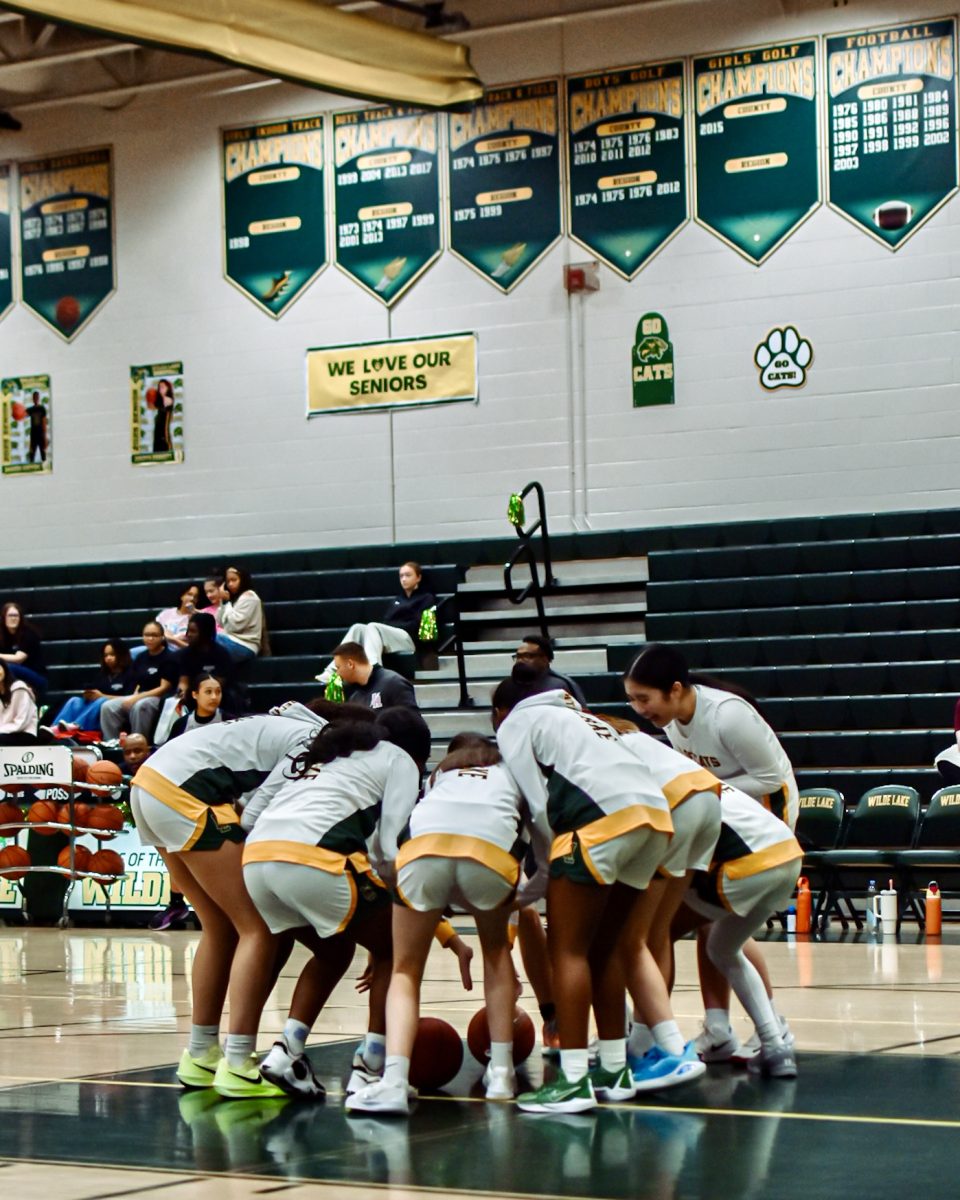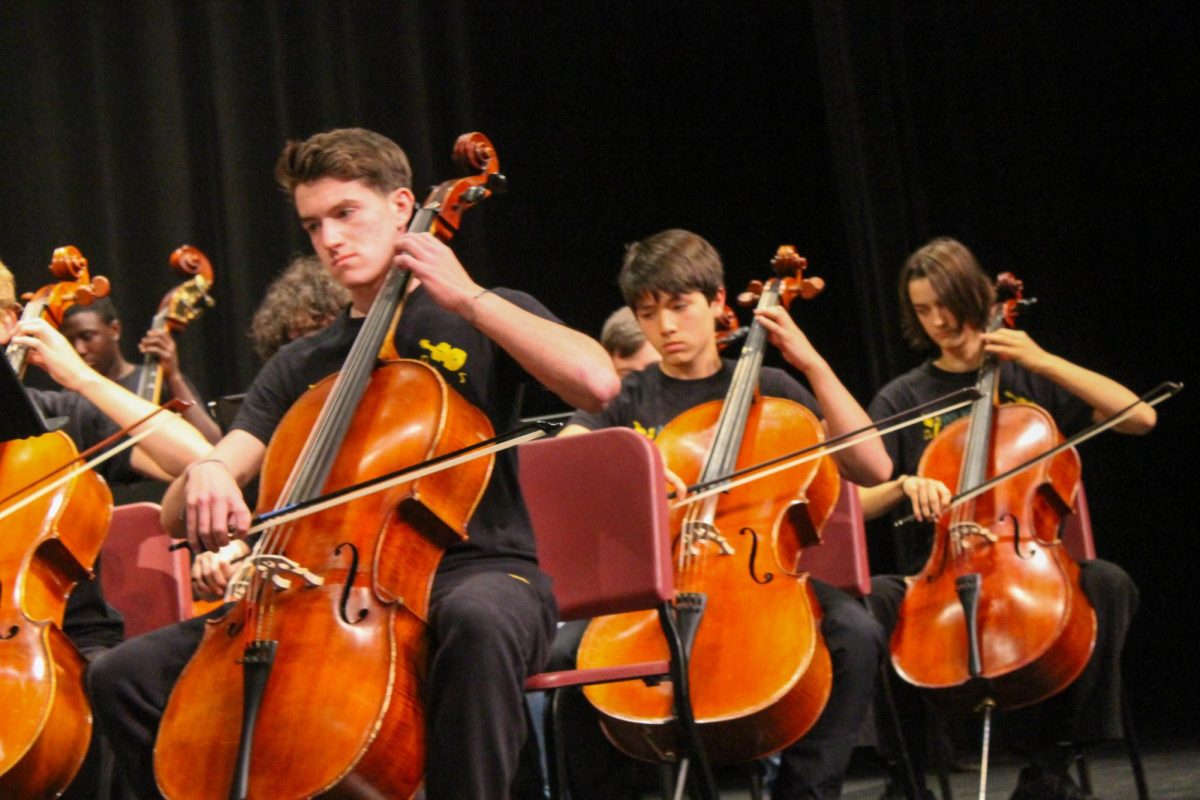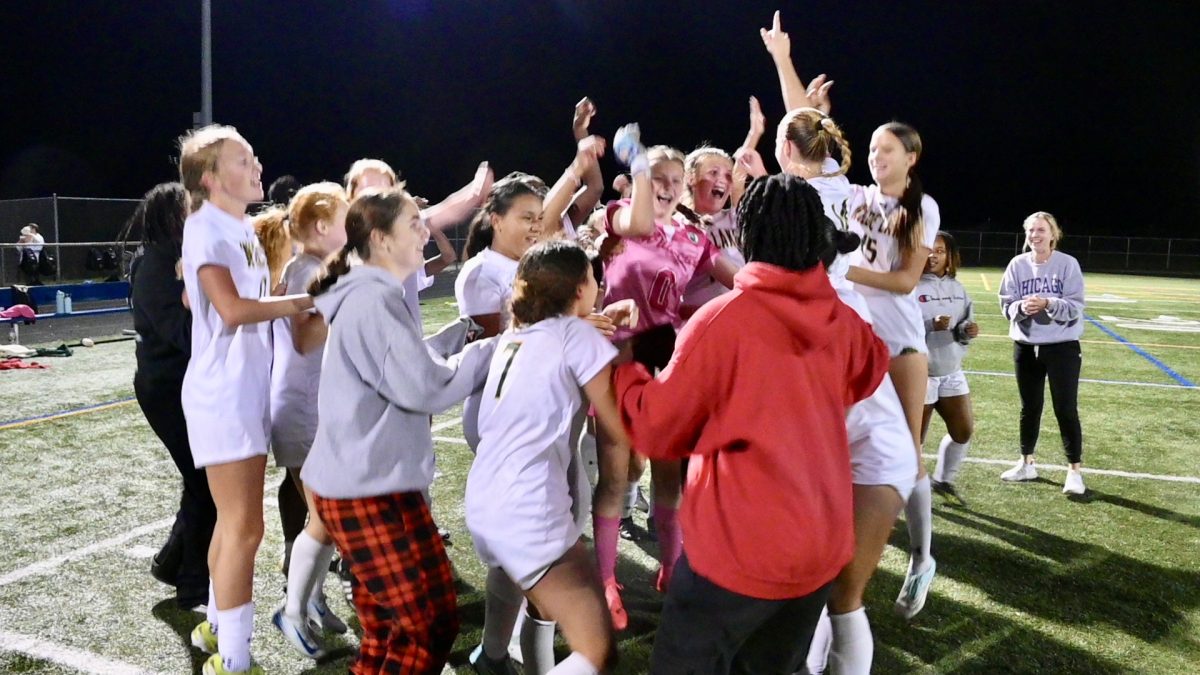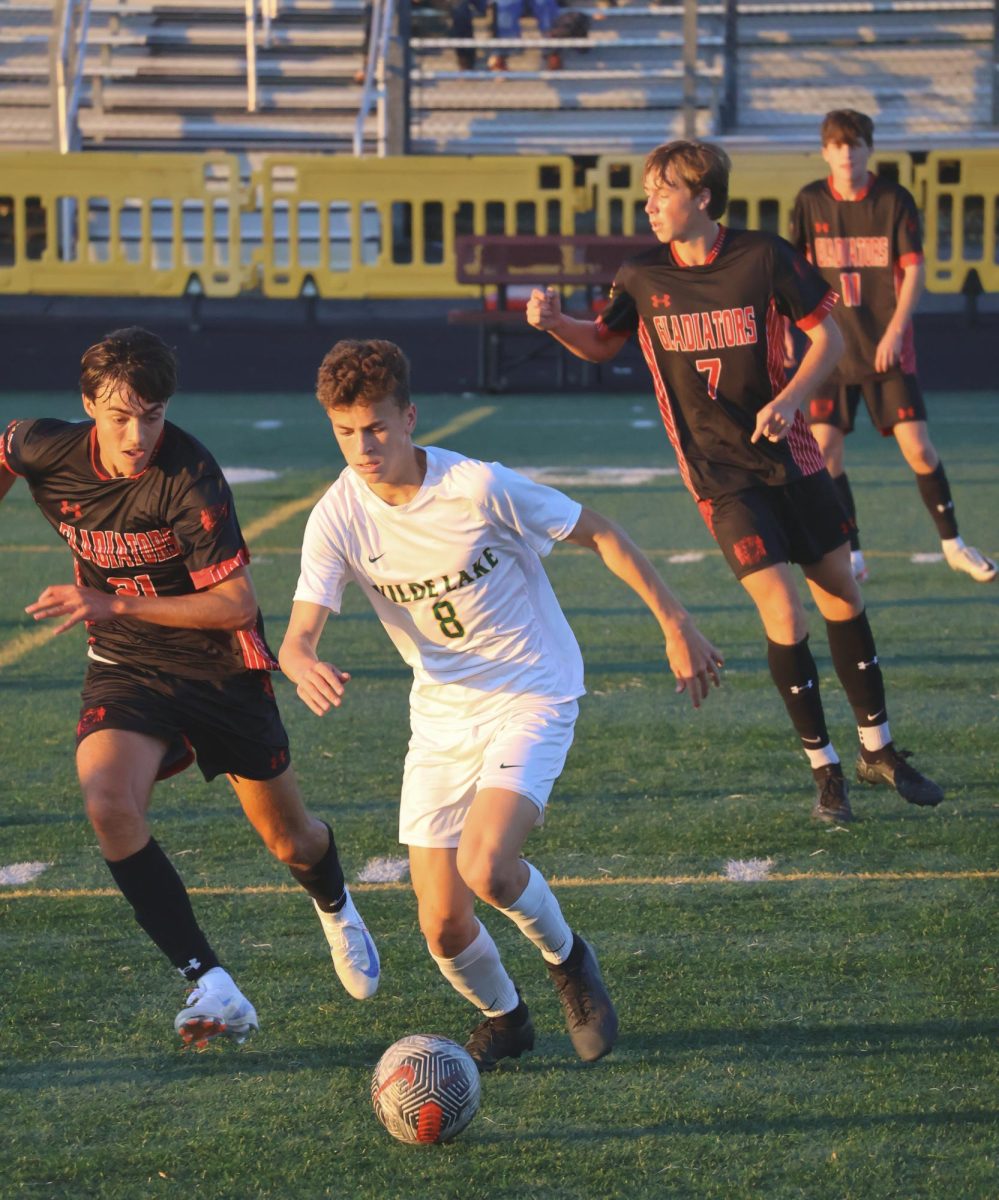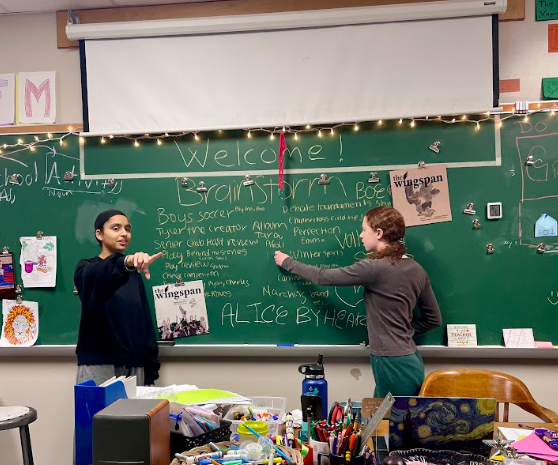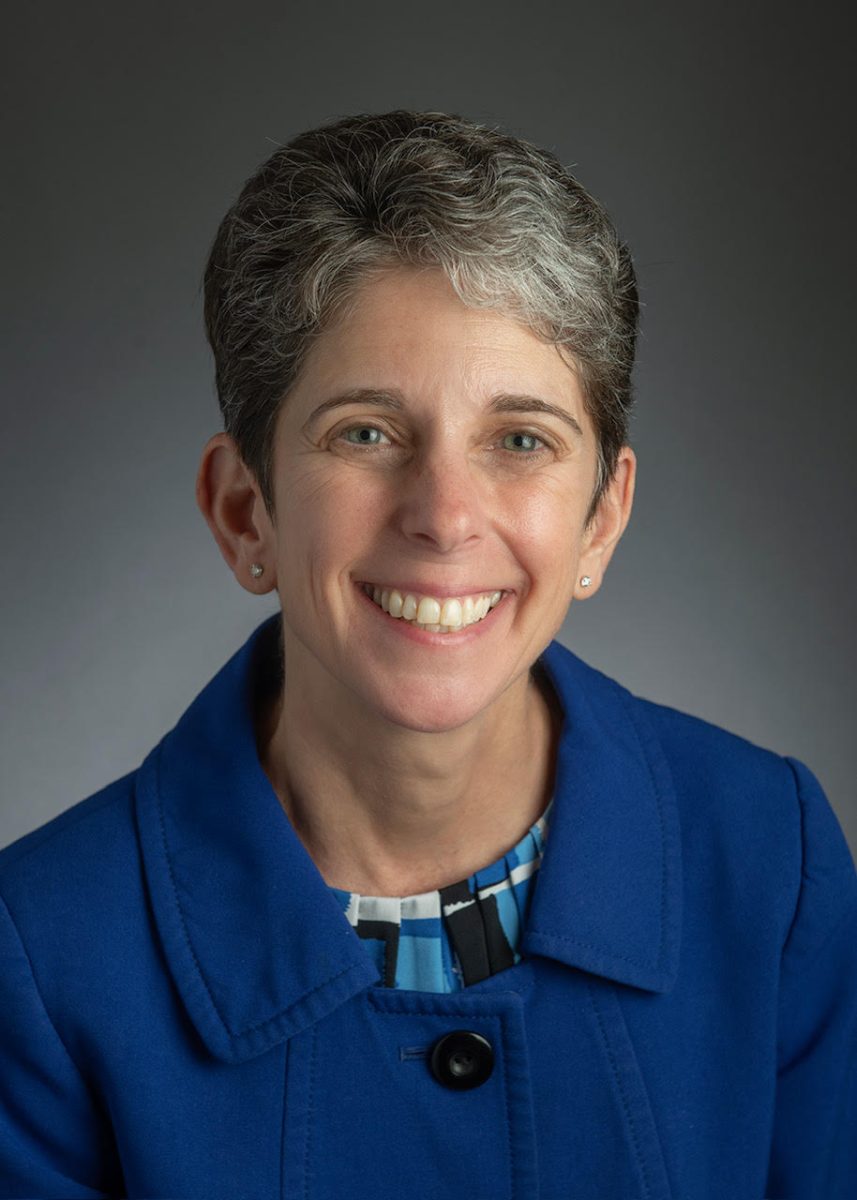Administration Looks for Long Term Solutions to Behavior Problems
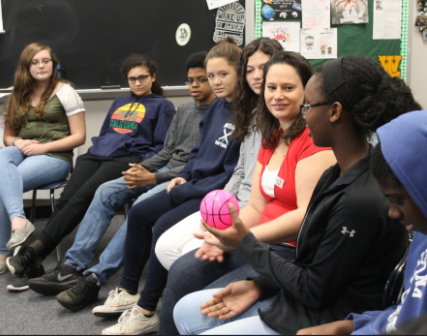
December 18, 2018
In an attempt to reduce suspension and detention rates, while also improving relationships between students and staff members, Wilde Lake administration is training teachers to implement a new community building model called restorative justice. According to Mr. Wilson, students should expect fewer referrals and more conversations.
According to Mr. Wilson, restorative justice aims to show why an action was wrong, how it hurt others, and how students can work to repair that hurt. Through engaging in community building activities such as class circles and open discussion teachers aim to build strong relationships with students. Understanding why a student acted in a particular way is emphasized. Mr. Wilson said that “In [restorative justice], we’re aiming to do stuff with students, rather than doing stuff to students.
The administration is working to form a firm foundation with the staff, rather than starting with the students. As staff learns about restorative justice and begins to use its policies in their classrooms, Mr. Wilson believes that, long-term, “A lot of positive outcomes will come [from restorative justice].”
Some worry about the transition period and overall effectiveness of restorative justice. “Short term, it looks frustrating for teachers because it looks as though students are getting a free pass,” said Science teacher Ms. Alcaraz.
Senior David Gaiano said, “People think they can get away with more now because they won’t get punished.”
G/T resource teacher Ms. Dixon believes that restorative justice will positively impact her classroom dynamic. “There’s less attention on the little things, so teachers can focus.”
Sophomore Joselyn Cruz agrees, saying that, “Repeat offenders who get detention just keep doing what they do, so it doesn’t really matter. I think through restorative justice they’ll realize it does.”
In Ms. Volpe’s G/T U.S. History class, freshman Jocelyn Hibbard has seen improved classroom dynamics as a result of restorative circles, “Because we get to know each other better,” she said. “The teacher knows more about us and we know more about the teacher. It causes more respect among everyone.”





